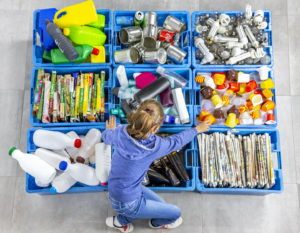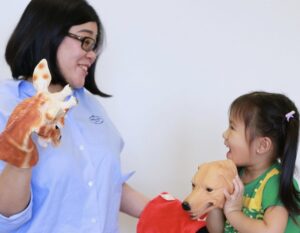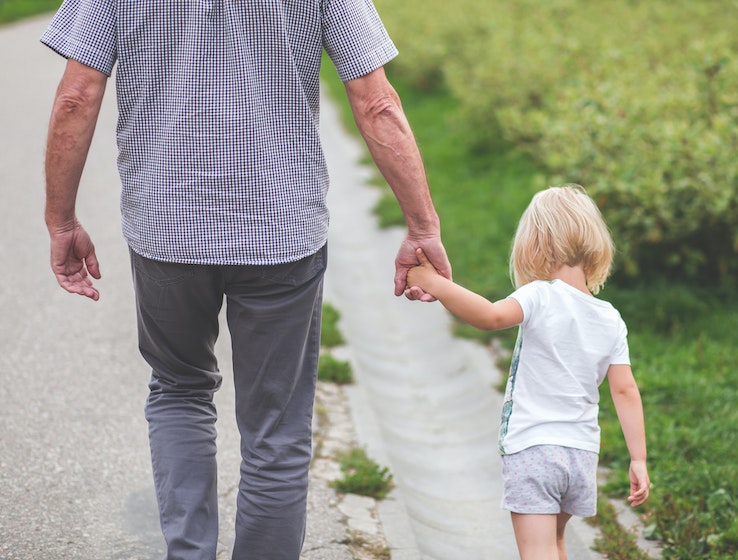
Would your child know what to do if they got lost? We talk about ways to keep kids of all ages safe, how to chat to kids about ‘tricky people’ vs ‘stranger danger’ and more!
Keeping our kids safe is top priority for parents. But how can you teach kids what to do if they get lost and how to identify ‘tricky people’ that give them feelings of uneasiness (the “oh-oh” feeling)? Here are psychologist Pip Johnson’s age-specific tips on how to keep your kids safe.
Keeping kids under 3 years of age safe
Stay in Sight Always
The rule should be that they stay within your line of vision – they can roam around the playground or within an indoor play centre, but you should always be able to see them.
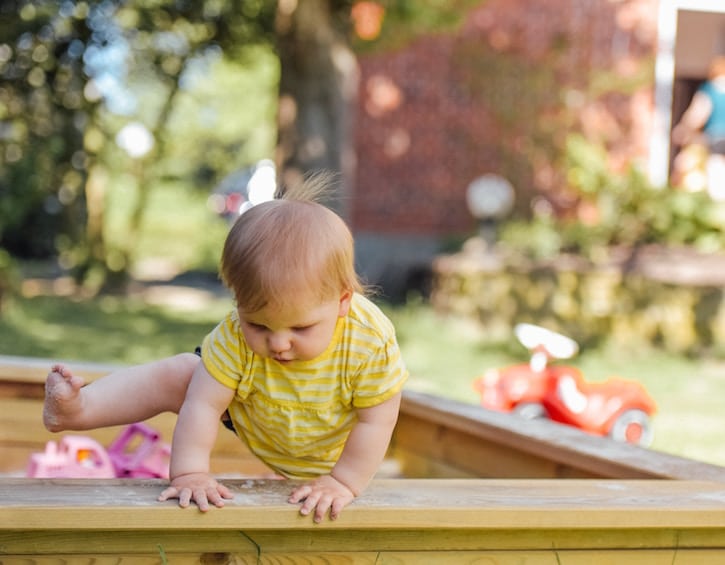
Keeping 3 -4-year-old kids safe
Introduce the concept of “tricky people”
Lots of us probably grew up with the ‘stranger danger’ concept…but experts in the field now say that we should instead talk about “tricky people”. Why? If your child is in trouble, strangers may be people who can help them so we don’t want them fearing everyone. So how do you help your child identify “tricky people”?
Tricky people are:
- Grown-ups who ask children for help – emphasise to your kids that “safe grown-ups” will NEVER ask kids for help when they are in trouble – they will ask another grown-up. If a grown-up comes and asks for you to go and help them, that is a sign that they are may be a “tricky” person.
- Grown-ups who ask us to keep secrets or promise that we won’t tell our mum and dad things. Safe grown-ups don’t have anything to hide and so won’t ask us to do this.
- Grown-ups who ask us to go somewhere with them on their own, like in their car or to their house. Safe grown-ups will never try and take us away from where we are playing to show us something.
- Grown-ups who make us feel unsure and maybe a bit funny in our tummies…talk to your kids about “thumbs up” or “thumbs down” people. Thumbs down people give us this feeling of uneasiness.
Safe Grownups
A safe grown up is someone a child can go to if they ever feel unsafe, have ever been hurt, or if they’re not sure if a situation is unsafe. This should be someone who:
– is an adult that can get them help if they’re ever hurt or unsafe.
– doesn’t break the Safety Rules, or try to get the child to break them.
– the child feels comfortable with and can easily talk to about things that may be difficult to talk about.
– the child can trust to keep them safe.
Children should also be taught that if they have a Safe Grownup now, and sometime in the future that person doesn’t make them feel safe, they can always choose another Safe Grownup.
Read More: Kids Safety: The Underwear Rule
Teach Consent and Boundaries
You can also from a very early age start teaching kids about consent (for little ones this can be as simple as knowing that they don’t have to hug anyone if they don’t want to). Children should understand that they are in charge of their body and their private parts are private (no one should touch their private parts – you might refer to this as the underwear rule or for girls, the bathing suit rule). If someone does or makes them feel uncomfortable or confused, it’s okay to say “No,” and then they can tell a trusted adult.
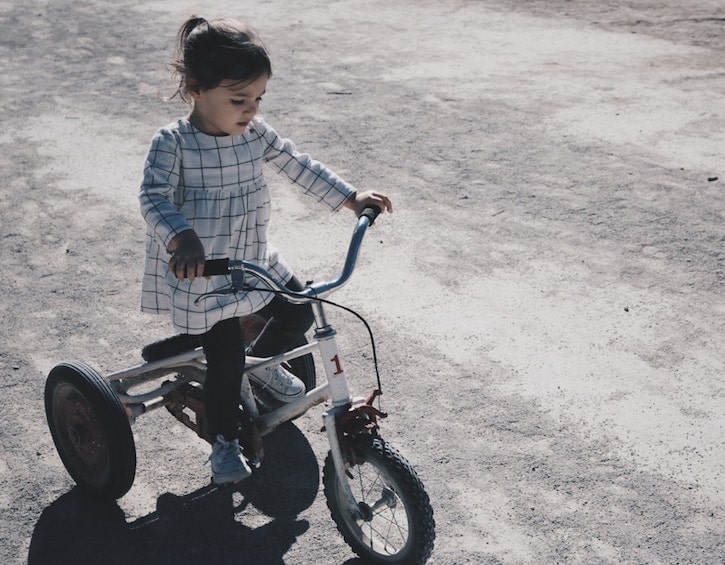
Don’t label their backpacks and hats or clothing on the outside
Knowing your child’s name could help a “tricky” person make your child feel as if they know them. For example, “Hi Susie, I’m a good friend of your Mum’s…she asked me to come and show you…”
Help kids identify safe places and people
Try and keep this simple, particularly for younger ones. Safe places could be shops and cafes; safe grown-ups could be the people who work at shops at the cash register, or perhaps the safest way for kids to distinguish is to ask them to only ask help from other mums with kids.
Tell them to make noise and be difficult if they are uncomfortable
Make sure your kids know that if they are in a situation with a “tricky” person, they don’t need to be polite. They should make lots of noise and be difficult. They could yell out “who are you?” or start calling “Mum! Dad!” as this will alert bystanders that the adult with them is not someone they know (as opposed to it being a small child having a tantrum with their parents which we may ignore!).
Introduce “The Never Never Rule”
“Never accept lollies or treats, enter someone’s home, go for a walk, or get in a car with someone unless you have your parents’ or aunty’s permission FIRST”.
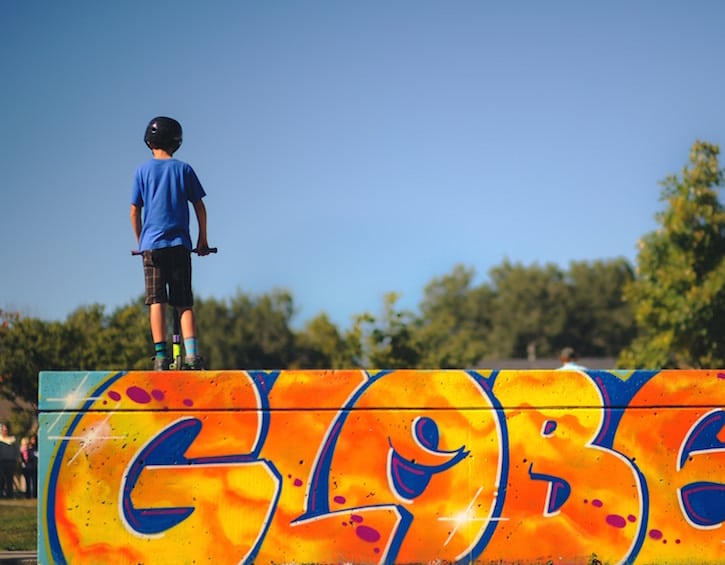
Keep kids aged 5 -12 years old safe
All of the above plus:
Create a family ‘code’ word
Establish a ‘code word’ with your children and tell them to always ask for the ‘code word’ if anyone other than mum/dad/aunty is collecting them.
Get them to remember your mobile number and home address
If they do go to a safe person, that person can then call you or return them to your home.
From when they have a mobile phone:
- Make sure they know how to call or message you, and the police
- Introduce a secret code word that they could message to you if they are in trouble
- Link your phones so that you can always see their location using ‘find my iphone’ or ‘find my mobile’ on a Samsung phone (also helpful if they lose their phone!).
Reinforce these messages through ongoing dialogue and role-plays with your kids. Role-plays are a great way to help your kids practice what to say and for you to illustrate the concepts through different scenarios.
Watch this:
This isn’t about scaring our kids, or telling them there are bad people out there. It is about helping to empower them and arming them with a few tools to help keep kids safe.
Read More: Keeping Kids Safe from Sexual Abuse






 View All
View All




 View All
View All









 View All
View All



